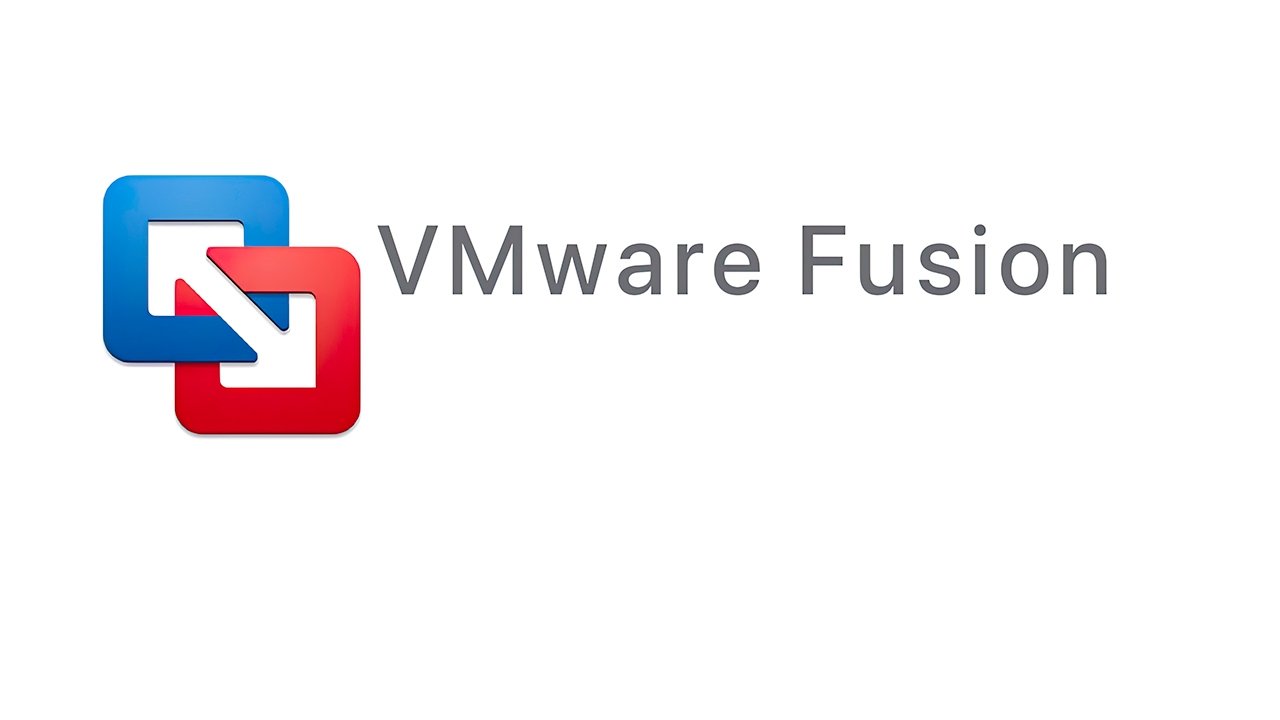

VMWare Fusion 20191287: Requires very recent versions of kernel-default/kernel-firmware-* or it will refuse to boot.(Latest packages known to work are kernel-default-5.14.11-2.1 and kernel-firmware-*-20220411-1.1), the responsible commit is probably this one VMWare Fusion 19431034: Current versions of kernel-default/kernel-firmware-* might result in a boot loop.Changing the display resolution in KDE Plasma to something else than 1024x768 requires KScreen 2 to be disabled in Background Services (resolution resets on restart, this is a KDE bug).Wayland is currently not supported at all, only X11 (so make sure to disable Wayland).
#Vmware fusion mac m1 support drivers#
#Vmware fusion mac m1 support install#
Still, it is possible to install openSUSE using the aarch64 iso. Support of M1 is official for Parallels Desktop 16, however at this time OpenSUSE is not officially supported as a guest operating system. audiodev none,snd0 -device intel-hda -device hda-output,audiodev=snd0 device nec-usb-xhci -device usb-tablet -device usb-kbd \ device virtio-blk-device,drive=hd0 -device virtio-gpu-pci \ netdev user,id=hostnet0 -drive if=none,file=$ISO,id=hd0 \ bios /opt/homebrew/share/qemu/edk2-qqrch64-code.fd -serial stdio \ Qemu-system-aarch64 -m 2000 -cpu host -smp 2 -M virt,highmem=off -accel hvf \ One possible command line to start qemu is: Then, you can run any UEFI images, such as NET/DVD installer, live images or JeOS-efi image. So, you need to install qemu 6.2.0 on your Apple M1 powered system. Support of M1 in qemu has been merged in qemu 6.2.0. Having a look at the Upstream Feature support basic image could be build. Cores: 8-10 (4-8 performance cores and 2-4 efficiency cores).5 VMWare Fusion (Public Tech Preview 21H1/22H2).


 0 kommentar(er)
0 kommentar(er)
